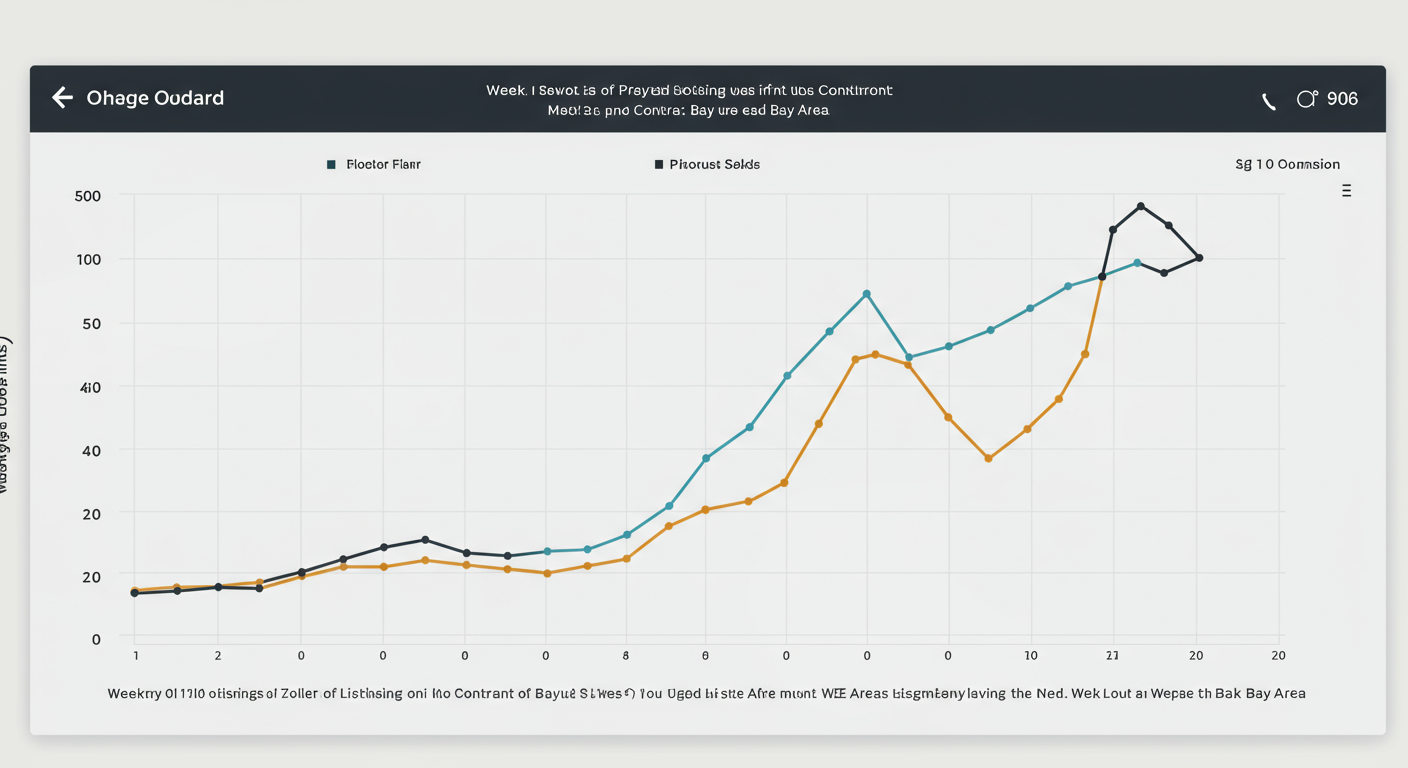In the week following the collapse of Silicon Valley Bank, the overall 11-county greater Bay Area saw no decline in the number of listings going into contract. Data for this past week is not yet available.

Daily interest rates have been very volatile since the SVB collapse, but trended lower in recent days. This daily average chart is per Mortgage News Daily. Individual lenders can offer significantly different rates, especially during periods of high rate volatility, particularly for specific client segments.
The 2 following charts look at weekly average rates over longer periods, per FHLMC (Freddie Mac). Note that different sources have varying methodologies for calculating average rates, though trends typically move in parallel. Note the positive quote on the chart from FHLMC.

Long-term since 1976:

Stock markets have mostly recovered from the initial SVB plunge, but remain volatile, often on a daily basis, as investors try to quantify the ramifications of the banking crisis which continues to unfold locally, nationally and internationally over the past 2 weeks.

The Fed split the difference at their last Federal Funds Rate meeting this past week, neither avoiding any rate increase due to the banking crisis, nor choosing the .5 point increase expected prior to the crisis, opting for a .25 point increase. This chart is a little complicated, but reviews Fed actions since 1981 for a long-term perspective.

Unemployment rates ticked up across central Bay Area Counties in the last 2 months, but remain low on a historical basis.

The latest inflation index chart, the same one I sent out last week. The next reading is expected in the second week of April.

The latest update on the consumer confidence index:

One shouldn't jump to large, definitive conclusions (and predictions for the future) based on short-term data, especially during a period as volatile as the past year.
Share:

